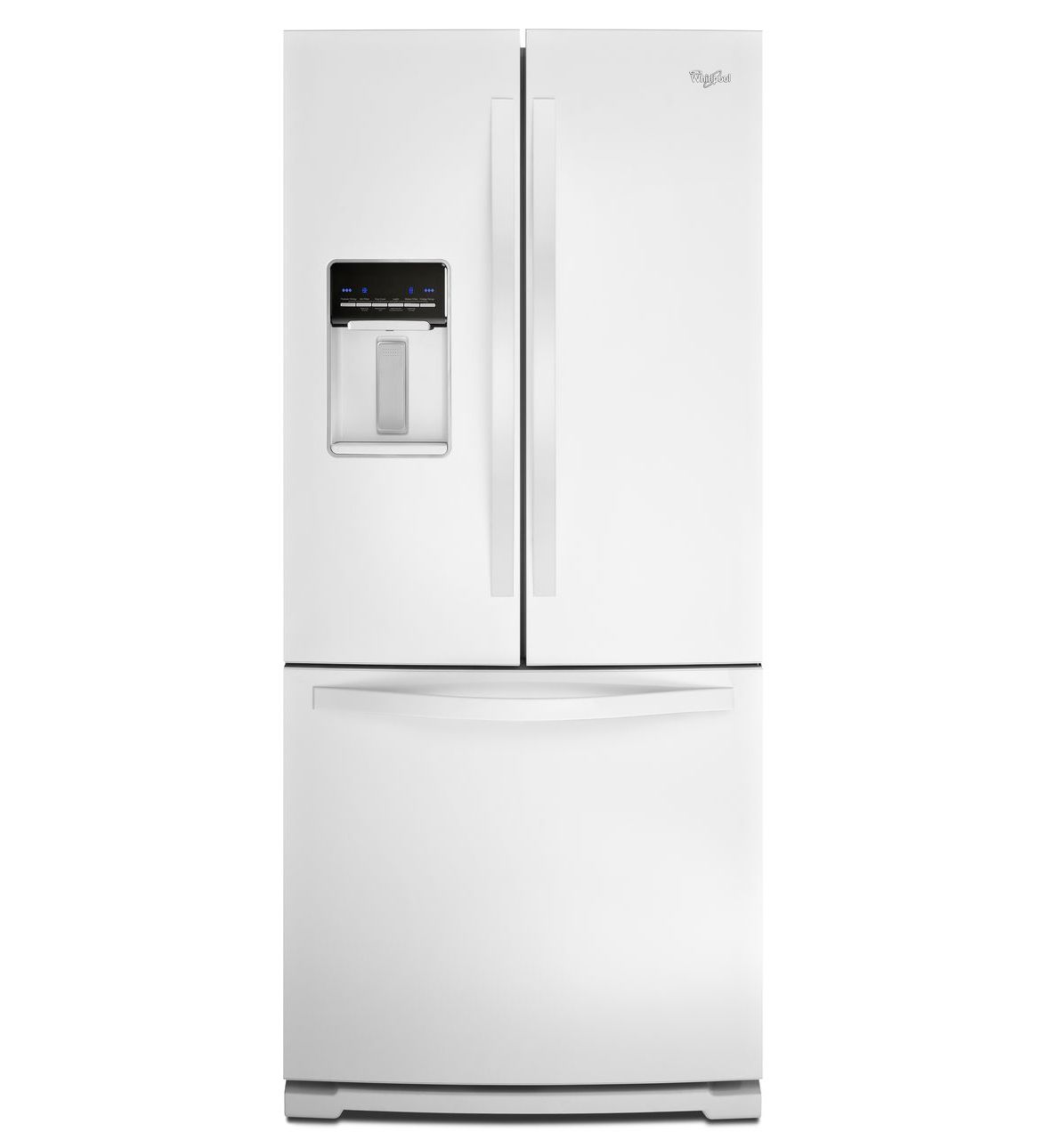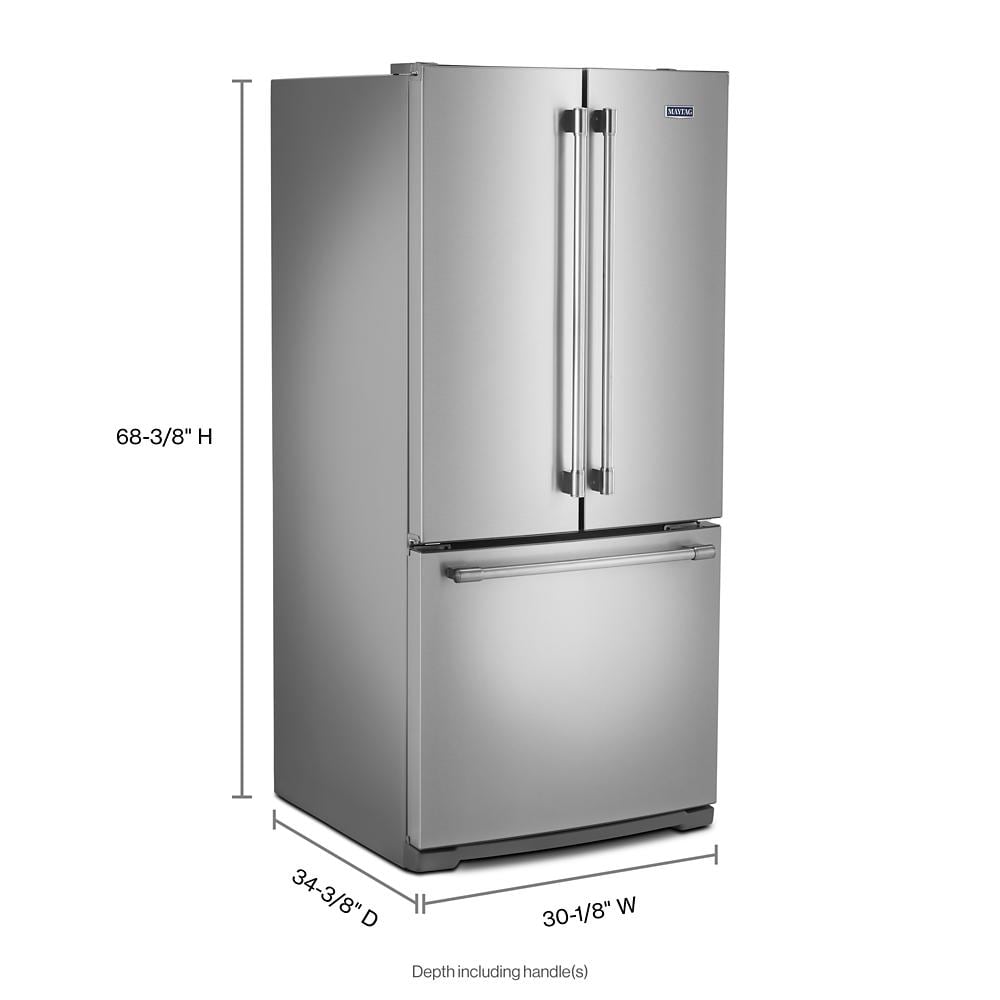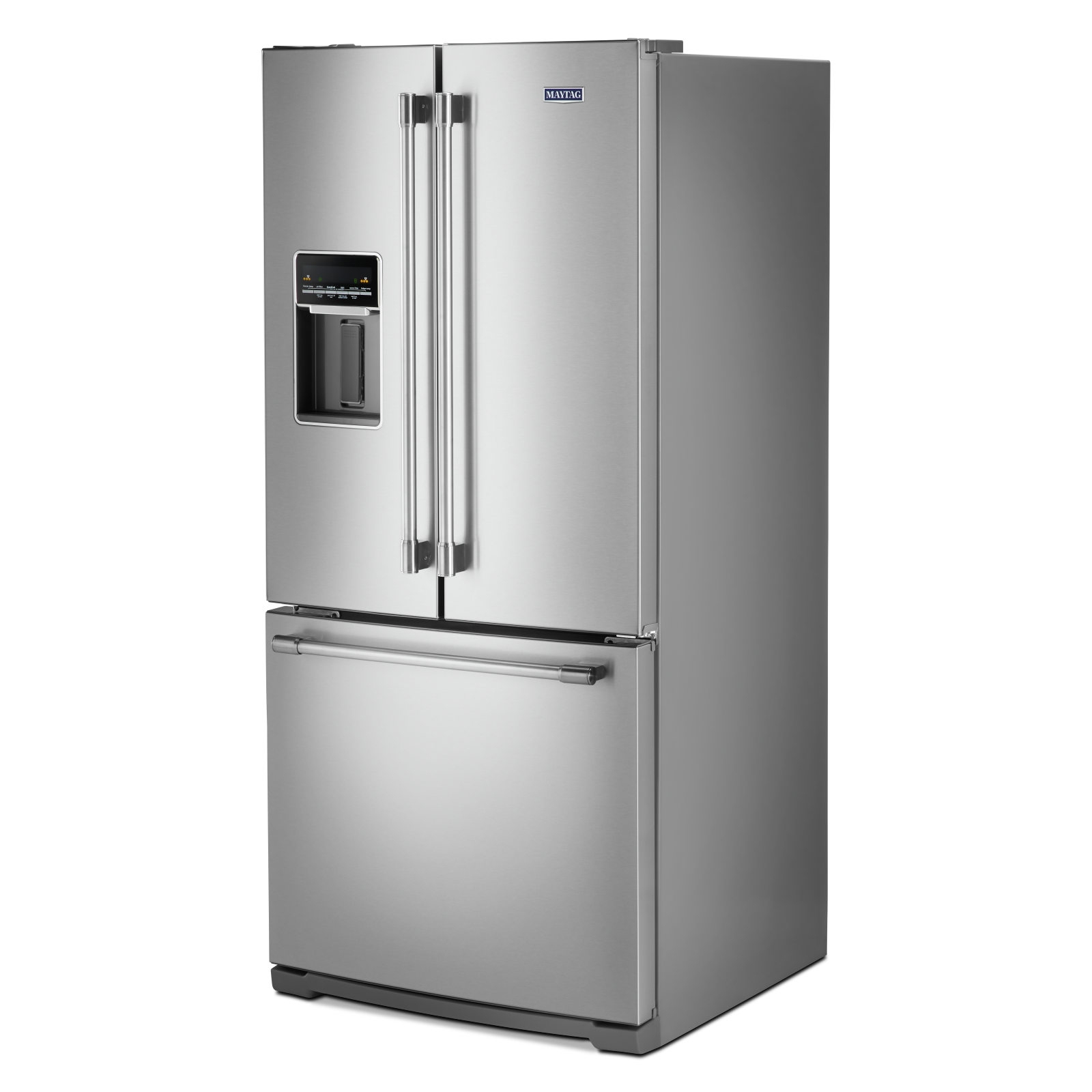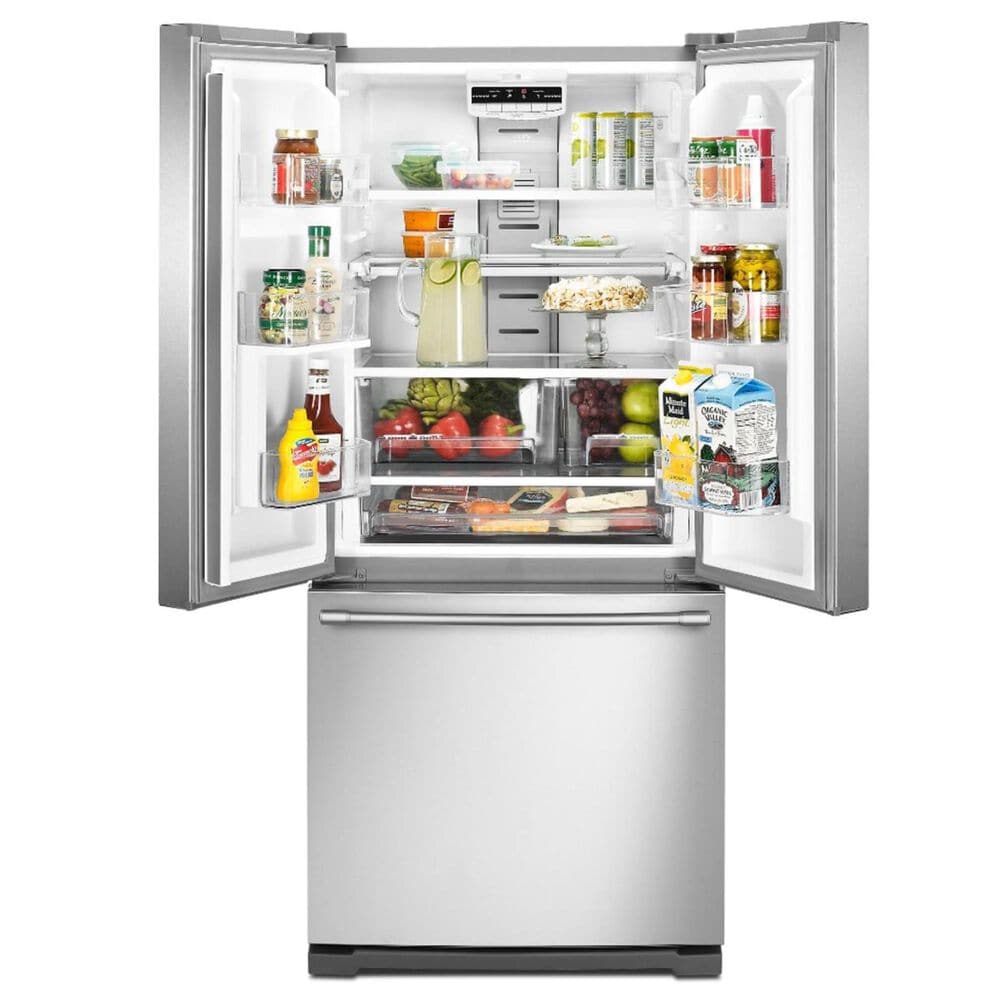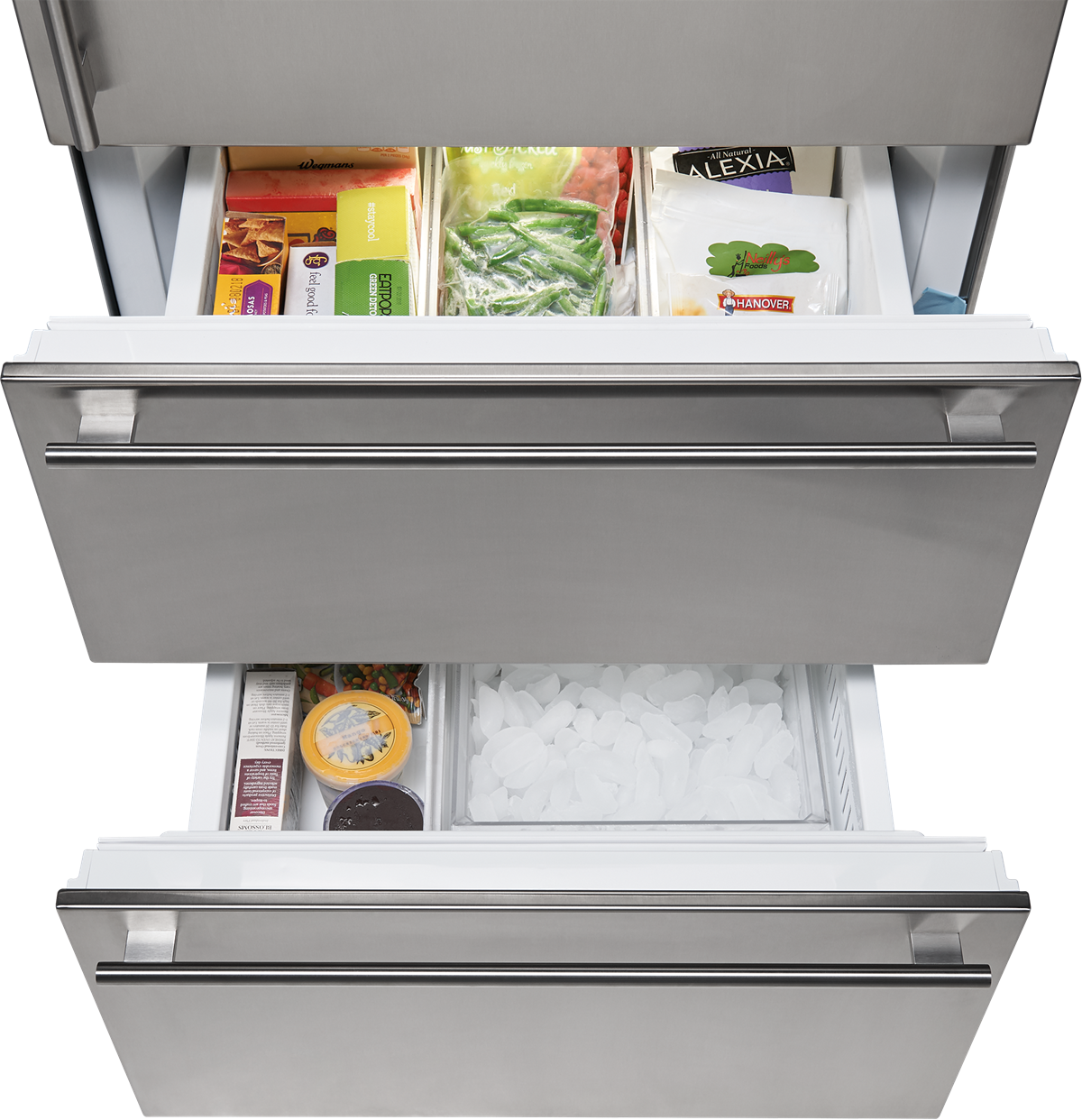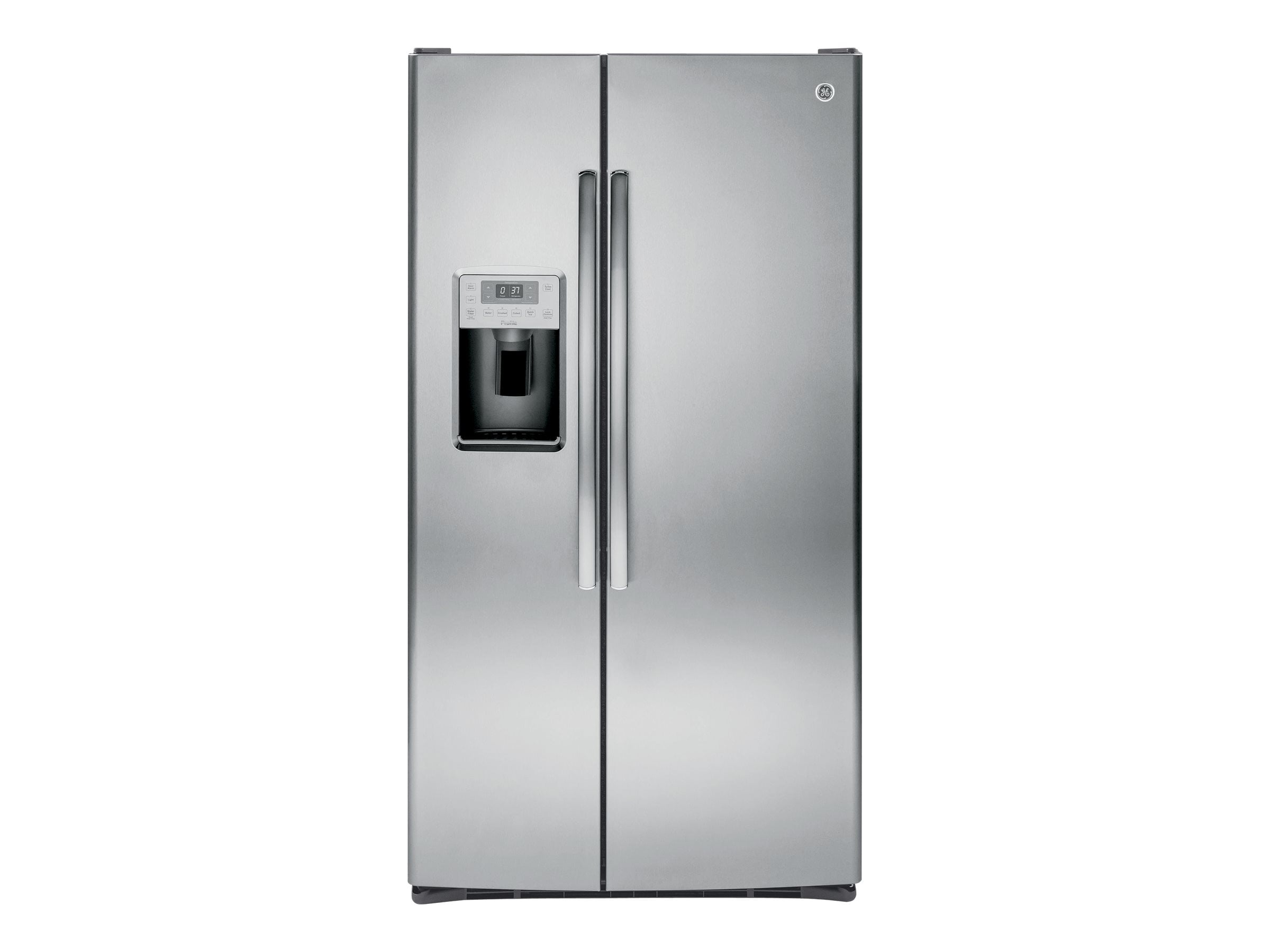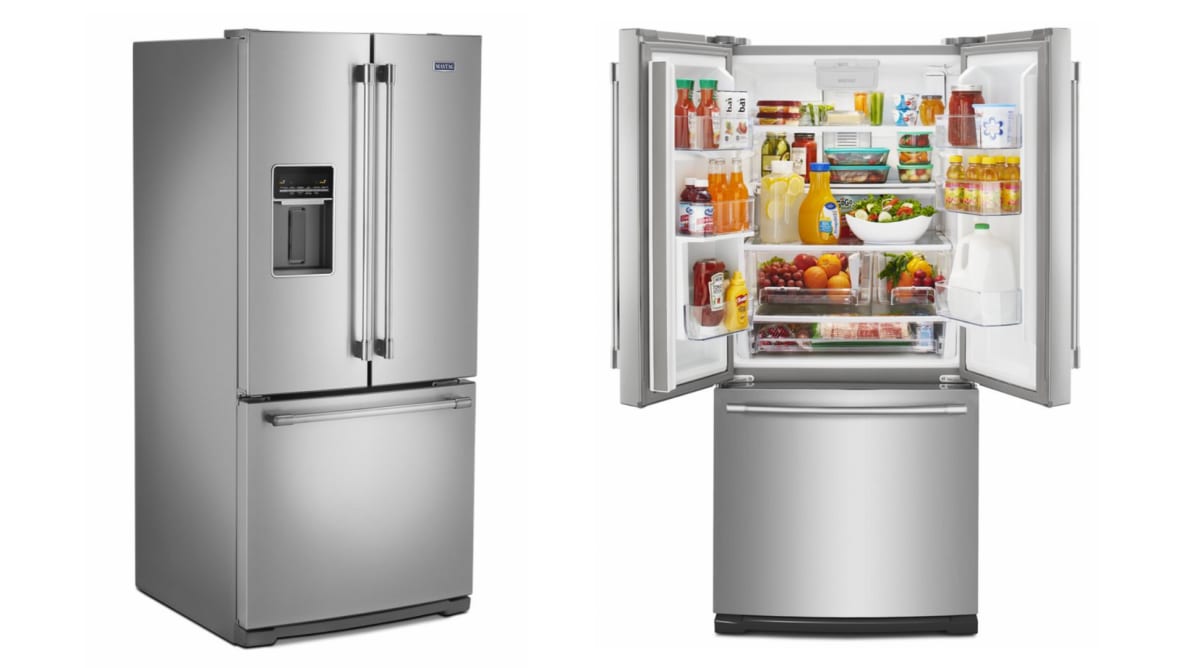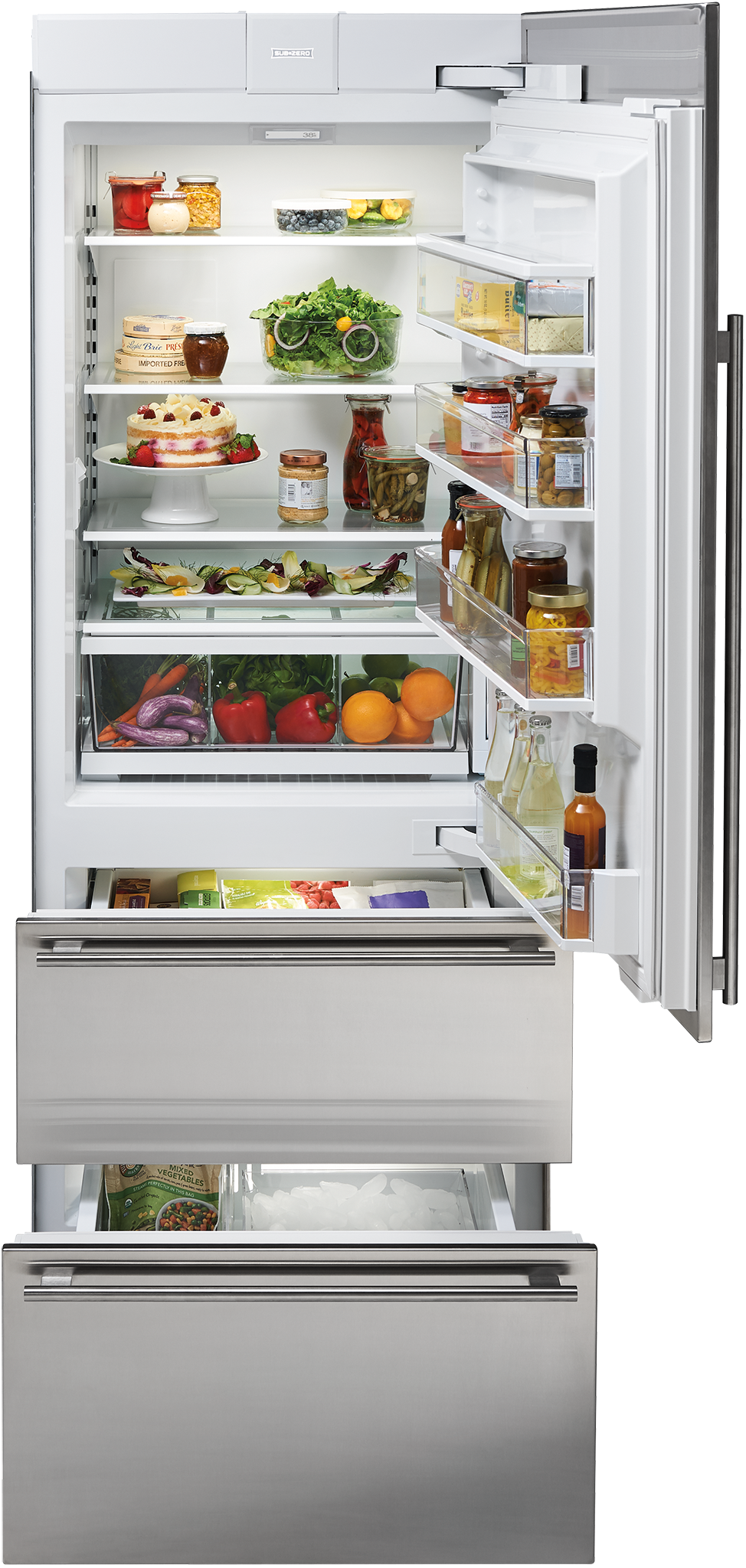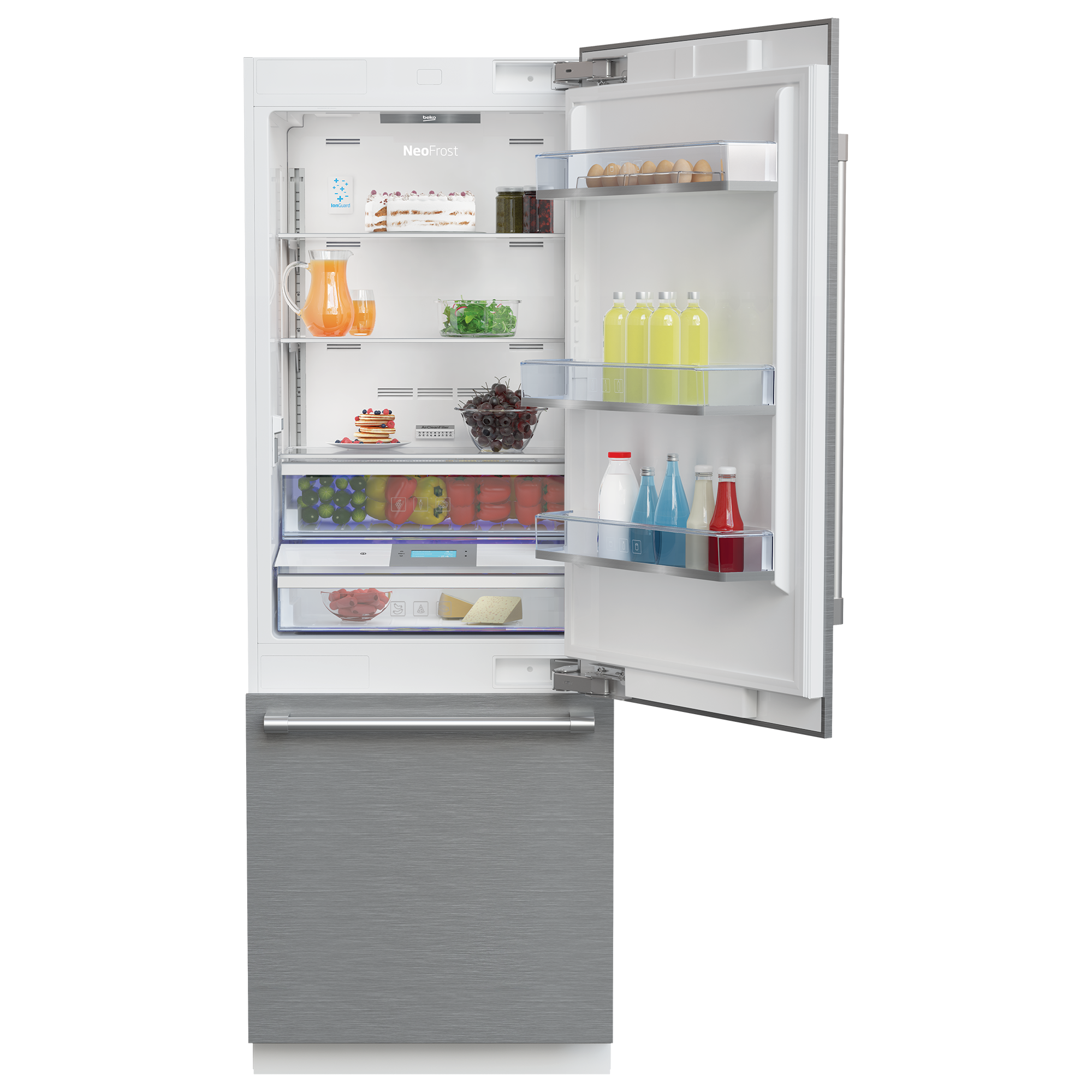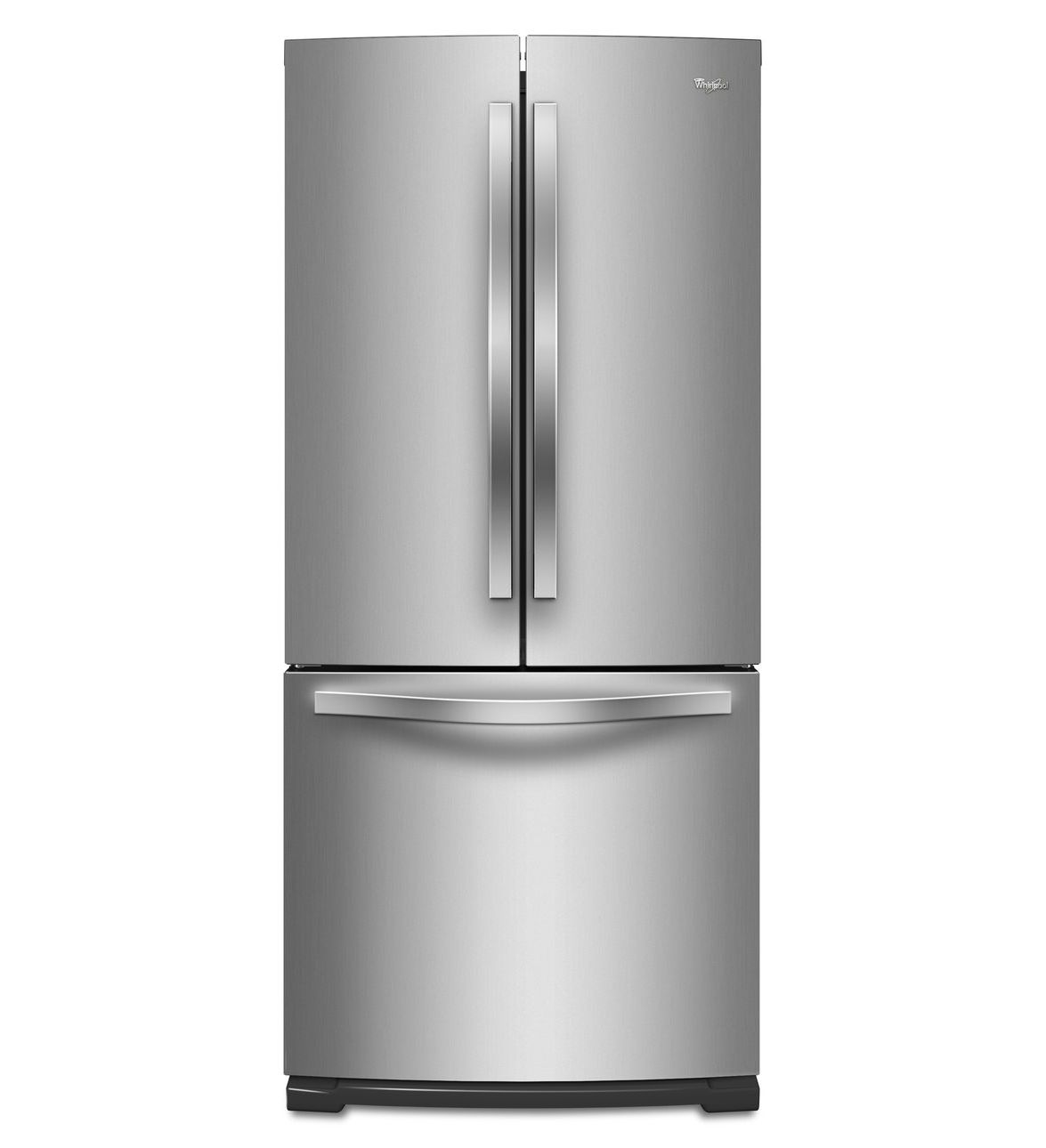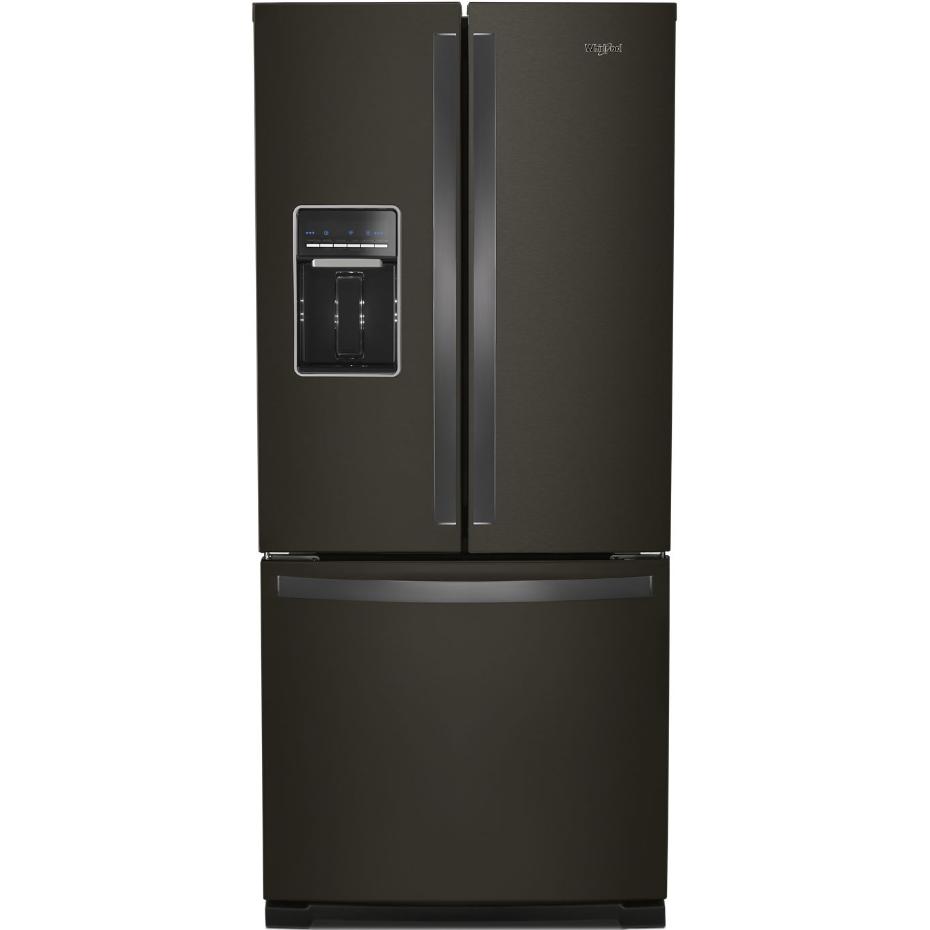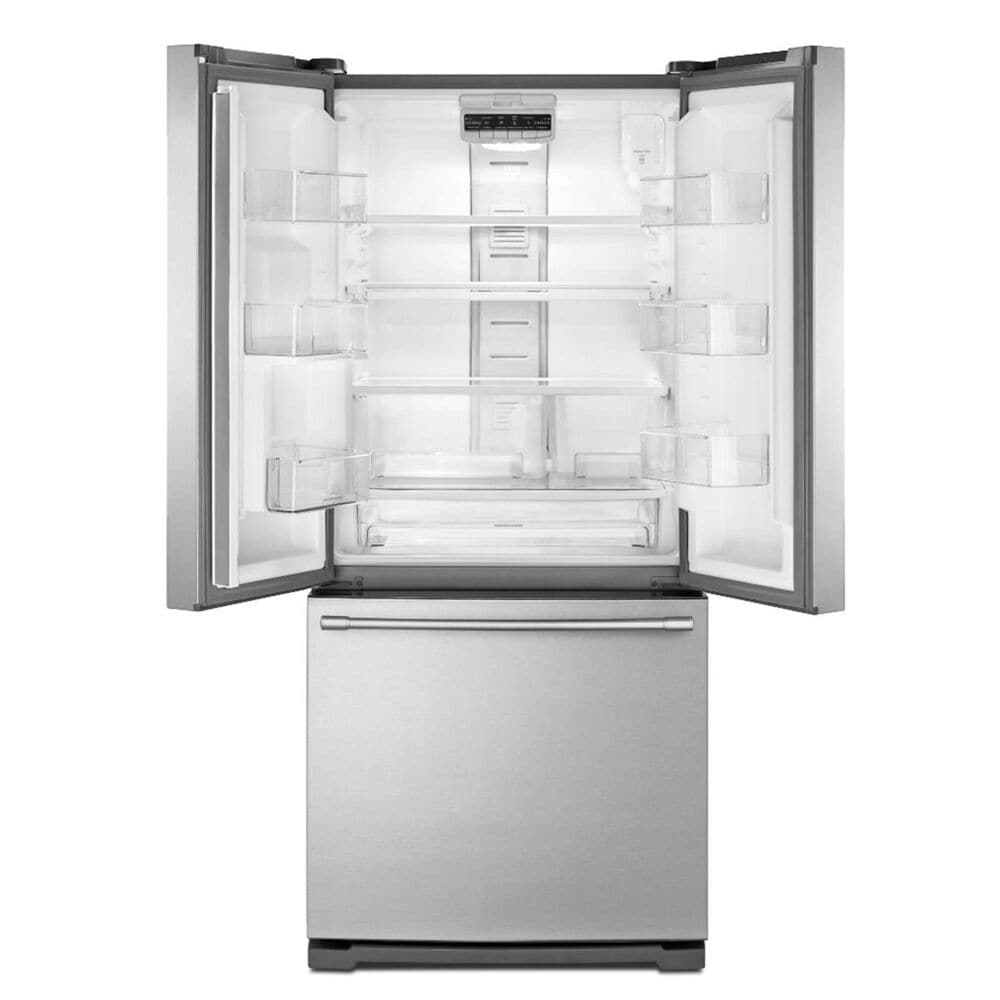30 Inch Wide Fridge With Water And Ice Dispenser
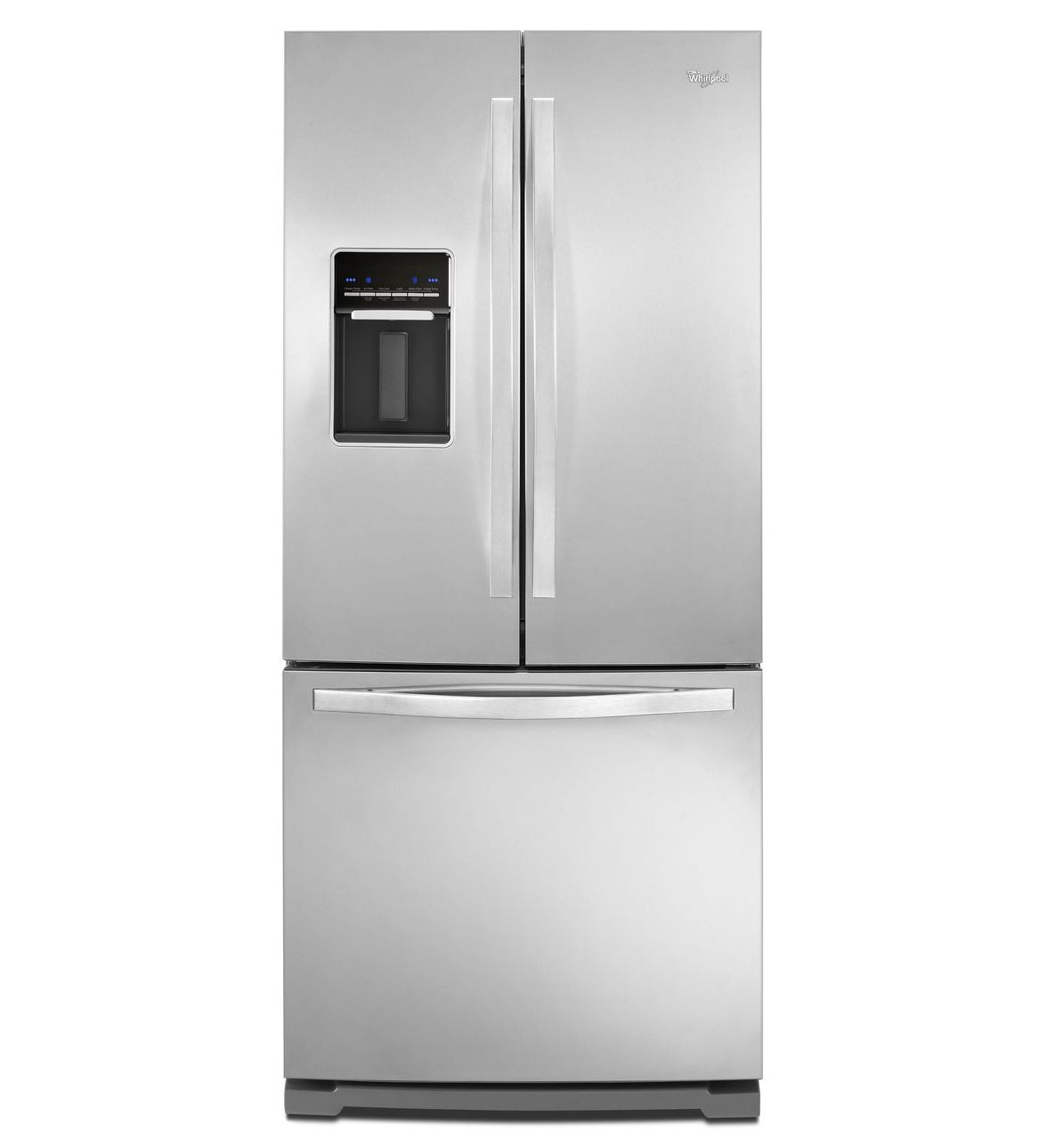
The kitchen, often the heart of the home, presents a unique set of challenges for apartment dwellers and those with smaller living spaces. Cramped layouts frequently demand compromises, particularly when it comes to essential appliances like refrigerators. A long-standing point of frustration has been the limited availability of full-featured refrigerators, specifically those with water and ice dispensers, in space-saving 30-inch wide models.
For years, consumers have lamented the absence of a refrigerator that blends compact dimensions with the convenience of on-demand filtered water and ice. This article delves into the growing demand for 30-inch wide refrigerators equipped with water and ice dispensers, examines the challenges manufacturers face in delivering this sought-after combination, and analyzes the latest offerings attempting to bridge this gap, exploring their features, benefits, and potential drawbacks.
The Demand for Compact Convenience
The trend toward smaller living spaces, especially in urban areas, has fueled a surge in demand for compact appliances. According to a 2023 report by the National Association of Home Builders, the average size of newly built apartments has decreased by nearly 10% over the past decade. This downsizing necessitates appliances that maximize functionality without sacrificing precious square footage.
"Consumers are increasingly prioritizing convenience and efficiency," states Maria Vargas, a senior analyst at the Appliance Research Consortium. "They want the same features they enjoy in larger homes, but adapted to their smaller living spaces." A refrigerator with a water and ice dispenser is a prime example of this desire, offering a level of convenience that many are unwilling to forgo, even in a compact kitchen.
The Engineering Hurdles
Designing a 30-inch wide refrigerator with a water and ice dispenser presents significant engineering challenges. Space constraints demand innovative solutions for housing the necessary components, including the water filtration system, ice maker, and dispensing mechanism. Efficient insulation and optimized airflow are crucial to maintain consistent temperatures while minimizing energy consumption.
One major hurdle is the size of the ice maker. Traditional ice makers can be bulky, taking up valuable space inside the refrigerator. Manufacturers must find ways to miniaturize these components without compromising ice production capacity.
Material Science and Design Innovation
Advances in material science and design are playing a crucial role in overcoming these challenges. Manufacturers are utilizing thinner, more efficient insulation materials to maximize interior space. Innovative cooling systems, such as dual evaporators, help maintain optimal temperature and humidity levels in both the refrigerator and freezer compartments.
Slimmer water filtration systems and redesigned ice makers are also contributing to the development of more compact refrigerators with water and ice dispensers. Some manufacturers are even exploring alternative ice-making technologies, such as sonic ice makers, which produce clearer, denser ice using less energy.
Current Market Offerings
While the selection of 30-inch wide refrigerators with water and ice dispensers remains limited compared to larger models, several manufacturers have introduced offerings in recent years. GE, Whirlpool, and Samsung are among the leading brands offering models that attempt to strike a balance between size and functionality.
These models typically feature through-the-door water and ice dispensing, electronic controls, and adjustable shelving. However, compromises are often necessary. Ice maker capacity may be smaller than in larger refrigerators, and water filtration systems may require more frequent filter changes.
Consumer reviews for these models are mixed. Some praise the convenience of having water and ice dispensing in a compact refrigerator, while others express concerns about ice maker reliability and limited storage space. It's imperative for consumers to carefully consider their needs and priorities when evaluating these appliances.
"The ice maker is a bit small, but it's a small price to pay for having ice and water on tap in my apartment-sized kitchen," says a reviewer on a popular appliance website.
The Future of Compact Refrigeration
The demand for compact refrigerators with premium features like water and ice dispensers is expected to continue growing. As urban populations increase and living spaces shrink, manufacturers will be compelled to innovate and develop even more efficient and feature-rich appliances.
Artificial intelligence (AI) and the Internet of Things (IoT) are likely to play a significant role in the future of refrigeration. Smart refrigerators with sensors and connectivity can optimize energy consumption, monitor food freshness, and even automatically order groceries.
While a perfectly sized and fully featured 30-inch refrigerator with a flawless water and ice dispenser remains elusive, the trend towards compact convenience is driving innovation. Consumers can expect to see more advanced and efficient models hitting the market in the years to come, bridging the gap between space constraints and desired features.
